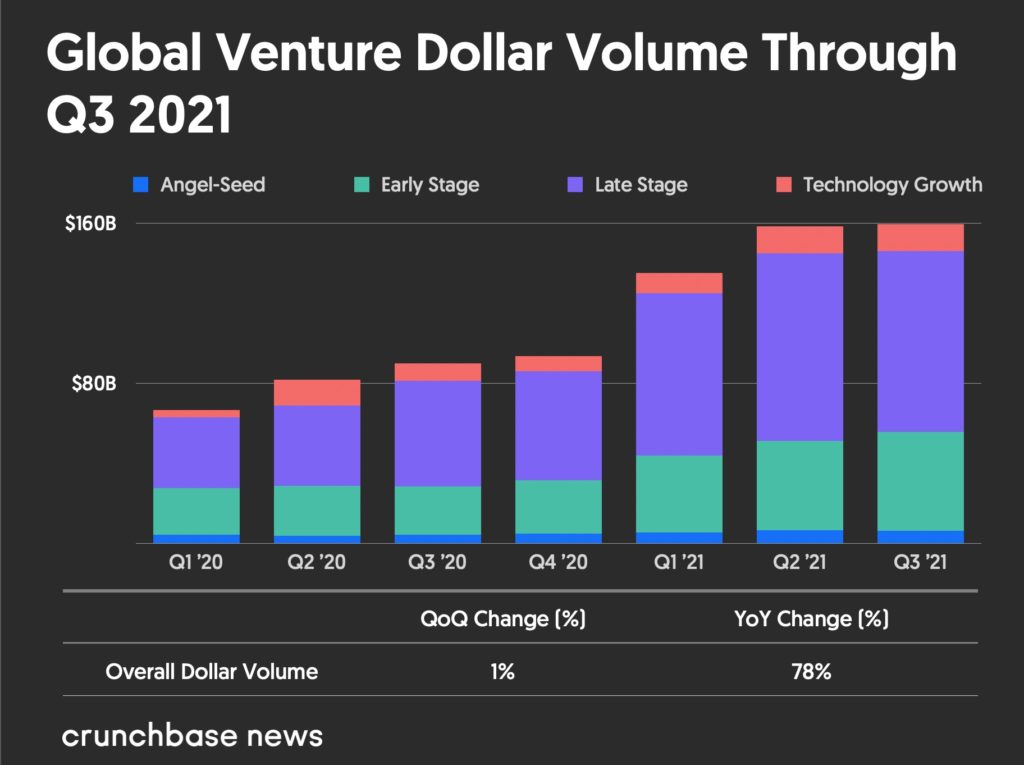
Not knowing the future is a way to invent what’s next
And then there was COVID…
It’s March 2020: suddenly restaurants, bars, and schools are closed. When COVID hit and began to have global impacts, everyone was forced, location by location, nation by nation, to face a new reality. How and what we purchased changed overnight. Remember the toilet paper shortages (I still wonder why that was the priority)? The ripple effect of literally billions of people changing their buying patterns, of whole industries shutting down, of shifts in travel, and now in the whole interconnected world supply chain has been the single biggest economic experiment in real-time in hundreds of years.
With uncertainty comes a shift in priorities and behavior.
Our priorities are set by these perceptions. When our world is thrown into what appears to be chaos it becomes risky and unpredictable and we shift priorities to the basics. This is how we act; what we do as consumers and in business shifts, sometimes dramatically. However, the demand for goods and services, for business transactions, is still there, but how will they change? This global disruption is still with us and playing out through massive changes in how we, as individuals and businesses, operate in the world.
See what’s missing in the market.
These huge shifts prompted some companies such as Zoom to take off by filling a gap in the market. Old business models have struggled and whole industries have seemed to collapse. New opportunities and innovative ideas are needed to shift to needed changes or solve problems. There are now new paradigms that no one had recognized yet are now valid new business models solving market challenges.
Every crisis spawns innovation and new Ideas – 2021 venture funded startup investment nearly double from the year before

Global venture funding is on a record pace in 2021
It’s no mistake that in 2021, according to Crunchbase, we are on track to see a record amount of global venture capital funding. Funding in 2021 has far exceeded 2020 totals, with the first quarter tracking at $135 billion, the second quarter reaching $159 billion, and the most recent quarter peaking at $160 billion. It’s driven by new ideas, new ways of thinking to solve problems, and new technologies to make this happen. Not seeing or knowing what’s next is a challenge but it prompts innovation, new ideas, and technology that addresses these new challenges. Not knowing what’s next is the big opportunity to shift markets, change how business is done, and change who wins and loses in the market
How do we adapt to the new reality?
There is truth in the observation that markets abhor a vacuum. The dynamics of change allow companies to address the ongoing need to connect to customers; digital platforms like Zoom have shifted communications protocols, opening up meetings with teams, vendors and customers everywhere and anywhere. The ability to see what’s needed to solve our supply chain issues is already evolving new logistics systems, tracking systems and companies and customers are adapting. Using new tools can shape new connections and offer unique opportunities to create whole new markets.
Reality shows us change is happening. How do we figure out some new way of surviving, innovating to create something new? Here are a few very basic questions that give some insights into what creates new solutions in the world of the unknown.
Discovering a Brave New World
1. See the problem as a missing opportunity
2. Realize you don’t know what you don’t know
3. See what’s missing in the market and innovate
4. Identify the outcome you want, no matter how you get there
5. Try new ideas and new ways, and share results
Given that our world is now more global than ever, the creation and growth of new business models and this record startup funding only says we want to adapt and connect and find new solutions through new business models to solve human problems. It’s the way of the future.